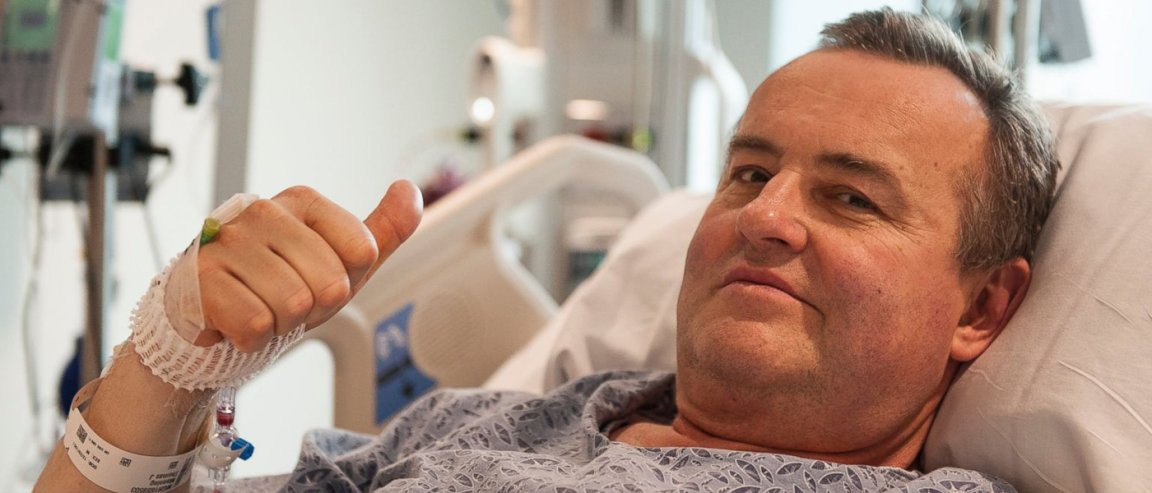
Landmark Procedure
Thomas Manning, a 64 year old cancer patient, just underwent the first penis transplant—a procedure that is being dubbed a “surgical milestone” by the team of doctors from the Massachusetts General Hospital who performed the surgery.
The procedure, which required the surgical grafting of microscopic vascular and neural structures from a donor penis to the transplant recipient, involved a team of 50 people and included surgeons, doctors, and nurses.
Manning, who was diagnosed with penile cancer back in 2012, is currently in recovery after having undergone the 15 hour procedure. He will need to take immunosupressing drugs for the rest of his life to minimize the possibility of rejection, but this is a great breakthrough for many with similar issues around the globe.
Reconstructive Surgery
The goal of the surgery goes beyond reconstructive efforts—it intended to not only make the genitalia look natural, but also give it urinary, and hopefully, sexual function.
However, Dr. Dicken Ko, director of the hospital’s Regional Urology Program, is quick to clarify, that while the surgery may be able to give sexual functionality back, reproduction is not a focal point (or a primary goal) given ethical concerns regarding parental lineage.
While Manning is still currently recovering from the procedure, doctors note that there has been no sign of bleeding, infection, or organ rejection. This makes them cautiously optimistic that the transplant will successfully give Manning penile function.
The patient is expected to be released from the hospital in the next three or four days.
“We are hopeful that these reconstructive techniques will allow us to alleviate the suffering and despair of those who have experienced devastating genitourinary injuries and are often so despondent they consider taking their own lives,” said Dr. Curtis L. Cetrulo, a plastic and reconstructive surgeon who led the transplant team along with Ko.
Ultimately, the goal is to be able to provide the procedure to wounded servicemen.
While Manning’s surgery looks like a success, every case is different, and being in the early experimental stages, will therefore require more in-depth study if they intend to offer this procedure to more patients.